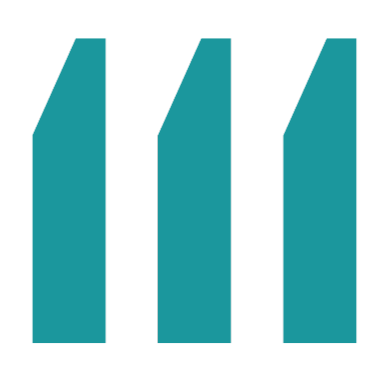Sanofi is facing a credibility challenge. On Thursday, the French company announced its intention to separate itself from its Consumer Health division, which includes dietary supplements and products sold without prescription in 150 countries with more than 11,000 employees. After the announcement, it left more than USD 21 billion (-18%) on the floor of the French stock exchange, a predictable and expected effect, but now the real challenge is over the long term.
The deal, which will not take place for a year, is part of a strategy to focus on innovative medicines and vaccines and includes a sharp increase in investment in new drug development and savings of up to EUR 2 billion between 2024 and the end of 2025. Sanofi ‘is considering several scenarios’ for the spin-off but the most likely seems to be the creation of a listed entity, based in France.
A reasonable choice
With this move, the company aims to enhance its core business but loses a secure and steady source of cash flow and, with the push to spend more on immunology and inflammation drug development, is forced to abandon its 2025 profit target (which included a 32% operating margin) in favour of ‘long-term profitability’.
According to analysts, this is a ‘strategically reasonable’ decision, but the cuts in earnings ambitions are ‘quite substantial’ and could not be appreciated by the market.
Not least because they go hand in hand with the disappointing quarterly results: sales of EUR 11.96 billion against the expected EUR 12.06 billion, representing a reduction of 4.1% on a historical basis (but an increase of 3.2% if we did not take currency exchange rate differences into account). Excluding extraordinary items, net profit was also down 11% to EUR 3.2 billion and free cash flow was down 31% to EUR 1.85 billion.
Portfolio’s transformation
For these difficulties Sanofi also called into question the market entry – in March this year – of several generic versions of its drug Aubagio for relapsing multiple sclerosis. Aubagio had a turnover of almost EUR 2 billion in 2021 and was Sanofi’s fourth best-selling drug. However, in the meantime another drug from the French giant is proving to be a blockbuster: Dupixent, for atopic eczema went from EUR 5 billion in 2021 to EUR 9.3 billion in 2022 and, according to the manufacturer’s latest note, is expected to exceed EUR 10 billion in 2023.
CEO Paul Hudson has stated that the innovative drugs business has improved sufficiently to be able to withstand the financial situation without the crutch of cash flows from consumer products, but Barclays analysts predict that investors’ attention will focus mainly on ‘the cancellation of short-term earnings targets, mitigating the favourable view of the plan for the consumer unit’. At the moment, the situation seems to prove them right: in just a few hours, the big pharma has returned to the prices of a year ago.
A test for Sanofi
The bet now is on the credibility of Sanofi, which must prove the value of its choices. Sanofi’s decision to separate itself from the consumer-healthcare sector and increase investment in R&D is a strategic move that could lead to future innovations and long-term growth, but traditionally the French company has shown limited R&D productivity, and it is still uncertain whether the current leadership is able to change this perception to convince investors to support this strategy.
The situation could evolve with the arrival on the market of some significant treatments, acquired through targeted strategies. Analysts point out that the launch of a new treatment for type 1 diabetes, obtained through the acquisition of Provention Bio for $2.9 billion, along with the haemophilia A treatment called Altuviiio and the antibody-based Beyfortus therapy to prevent a common respiratory infection in infants, represent a significant test of the company’s marketing skills. For now, Sanofi expects combined sales of EUR 400 million.
“These are not inexpensive things to but they are opportunities too good to miss.”
Paul Hudson, Sanofi’s Ceo
Too big to miss
Another move by Sanofi in the area of chronic inflammatory diseases was the partnership signed in early October with Teva to develop and market a new anti-TL1A therapy for the treatment of inflammatory bowel diseases (IBD), such as ulcerative colitis and Crohn’s disease. The collaboration, valued at up to $1.5 billion, requires Sanofi to pay Teva $500 million to join the competition on this class of drugs that already includes giants such as Roche and Merck & Co.
The latter recently put $10.8 billion on the table to secure Prometheus Biosciences and gain access to an antibody targeting tumour necrosis factor (TNF)-like ligand 1A (TL1A).
Hudson said that the promotion of late-stage trials of new immunological drugs such as frexalimab (for the treatment of several autoimmune and inflammatory diseases, including multiple sclerosis) and amlitelimab (a potential first-in-class treatment for a range of immune-mediated diseases and inflammatory disorders, including moderate-to-severe atopic dermatitis and asthma) would create ‘massive value’ that would offset increased investment spending.


